The 1960s was a decade filled with revolutionary change in every aspect of life, from music to politics to entertainment. Pop culture during this time was defined by dramatic shifts, with new movements and figures breaking out onto the scene and reshaping the world. The ’60s gave us some of the most iconic moments that still resonate today, but many of these events and phenomena have faded from the collective memory. Let’s take a step back into the ’60s and revisit 14 unforgettable pop culture moments that you might have forgotten about, but which helped define the era.
1. Twiggy Takes Over the Fashion World
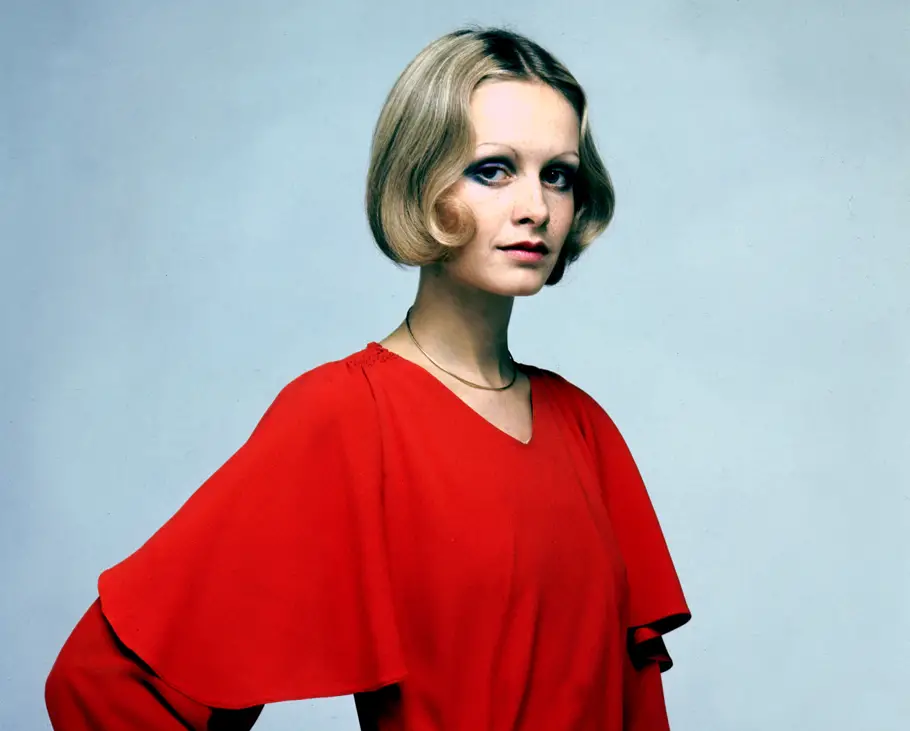
Twiggy, with her androgynous look and bold eyes, became the face of fashion in the mid-’60s. At just 16 years old, she was catapulted to international stardom and became the first true supermodel. Her pixie haircut, thick lashes, and slender frame set the standard for the idealized “mod” look.
In addition to becoming a fashion icon, Twiggy appeared on magazine covers and in TV shows, turning her into a cultural phenomenon. While she wasn’t the first model to change the face of fashion, her popularity helped solidify the concept of modeling as a glamorous, influential career, a legacy that continues to this day.
2. The British Invasion
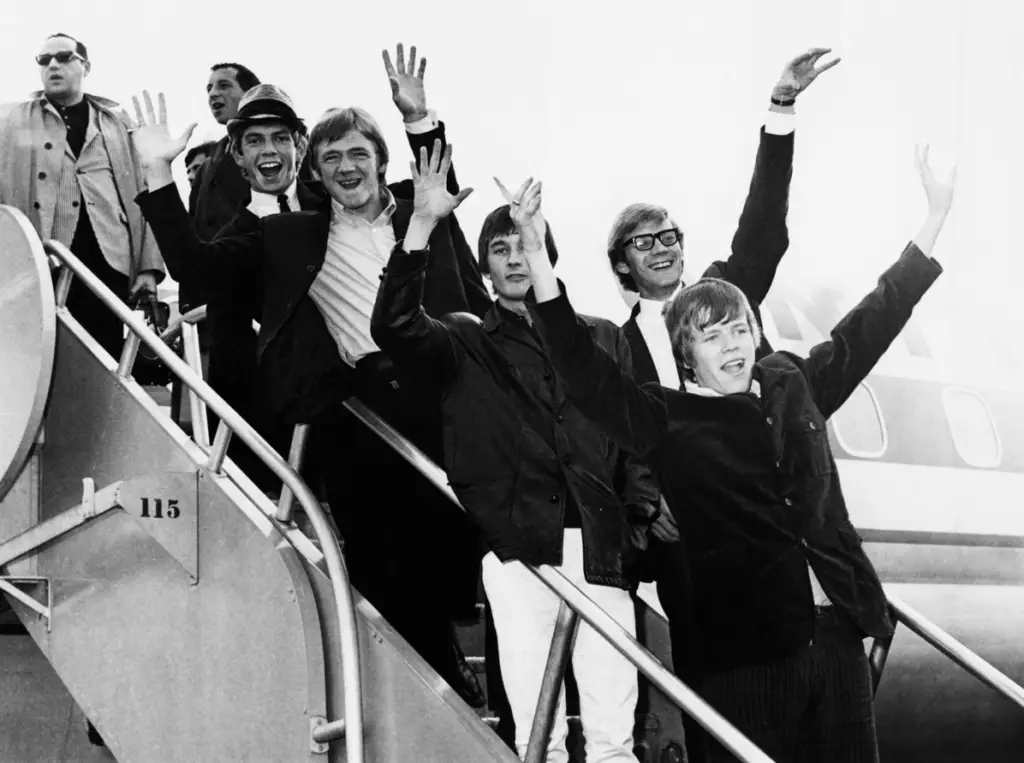
The British Invasion was more than just a wave of British music— it was a seismic cultural shift. In 1964, The Beatles stormed the U.S., and in their wake, other British bands like The Rolling Stones, The Who, and The Animals followed suit. Their influence on American music, fashion, and even lifestyle was overwhelming.
While The Beatles’ appearance on The Ed Sullivan Show is the most iconic moment of the British Invasion, the entire movement dramatically transformed pop culture. These bands brought a fresh sound, attitude, and style that Americans were eager to adopt, and the ’60s became known as the decade of rock ‘n’ roll in full force, thanks to the British Invasion.
3. The Rise of the Mod Style
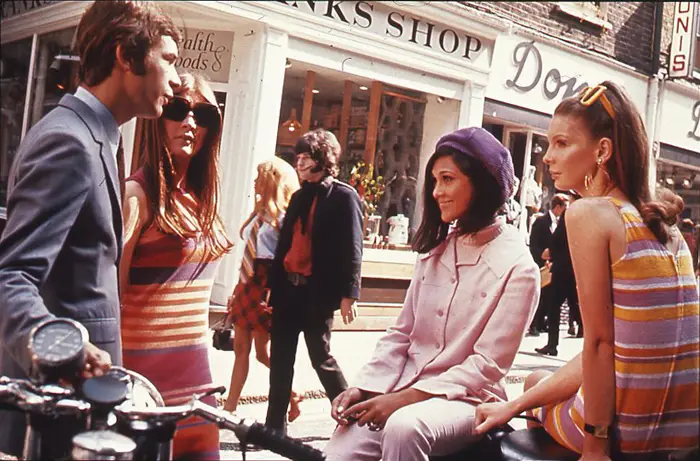
In the early ’60s, the Mod movement exploded, especially in the U.K., and became a key influence on fashion and youth culture. Known for their sharp, tailored suits, mini skirts, and bold patterns, Mods were the epitome of modern chic. The style embraced sleek, geometric lines and sharp contrasts, making it the opposite of the bohemian, free-spirited look that followed later in the decade.
In the U.S., Mods weren’t as widespread but influenced fashion trends and youth culture. Films like Blow-Up and the rise of bands like The Who helped to solidify Mod fashion as an iconic symbol of the ’60s. Many young people adopted the look, making the Mod movement an important, though often forgotten, part of ’60s pop culture.
4. The Moon Landing (1969)
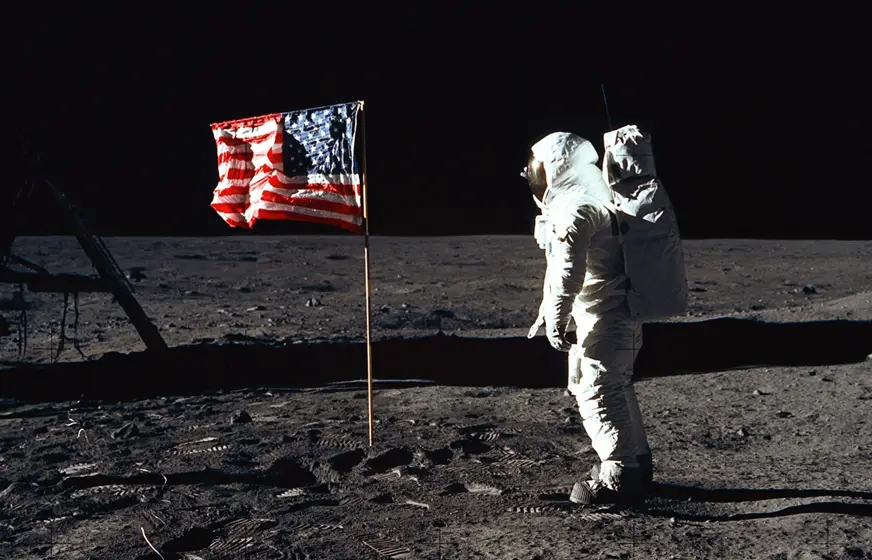
When Neil Armstrong became the first man to walk on the moon in 1969, it wasn’t just a victory for science; it was a moment that captivated the world. For those who remember watching it live, the moon landing was an experience like no other— a monumental achievement for humanity that was broadcasted across the globe.
The image of Armstrong taking that first step, with the famous words “That’s one small step for [a] man, one giant leap for mankind,” became an enduring symbol of human progress. It captured the collective imagination and remains one of the most important pop culture moments in history, often overlooked when reflecting on the decade’s influence.
5. The Monkees TV Show
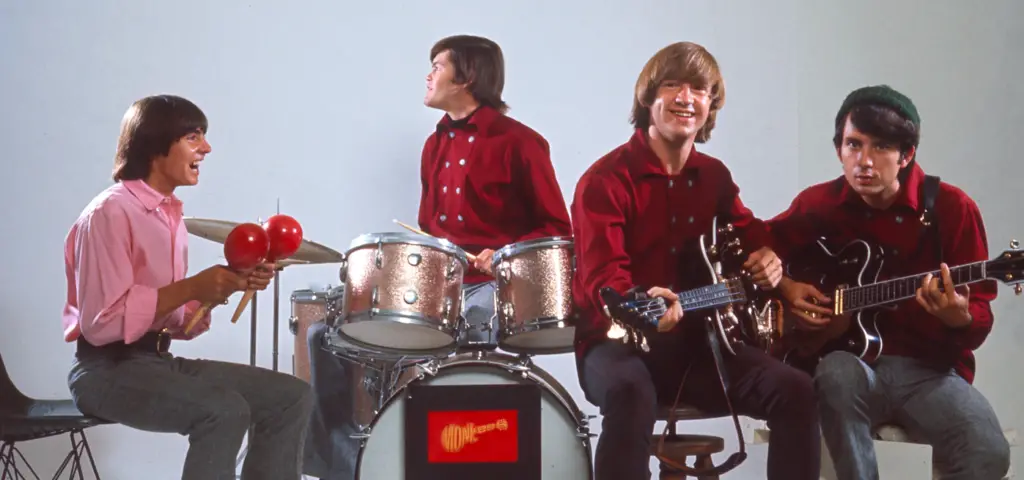
In 1966, The Monkees TV show debuted, a comedy-musical sitcom about a fictional band that paralleled The Beatles’ rise to stardom. Though the band was put together for the show and wasn’t formed organically like other musical acts, they quickly became a sensation, scoring massive hits with songs like “I’m a Believer” and “Last Train to Clarksville.”
While many of their musical accomplishments are overshadowed by other legendary bands of the era, The Monkees TV show itself became a cult classic and helped usher in the idea of TV-created stars. Their fame was a fleeting phenomenon, but it was wildly popular at the time, and the show’s playful energy captured the spirit of the ’60s youth movement.
6. The Summer of Love (1967)
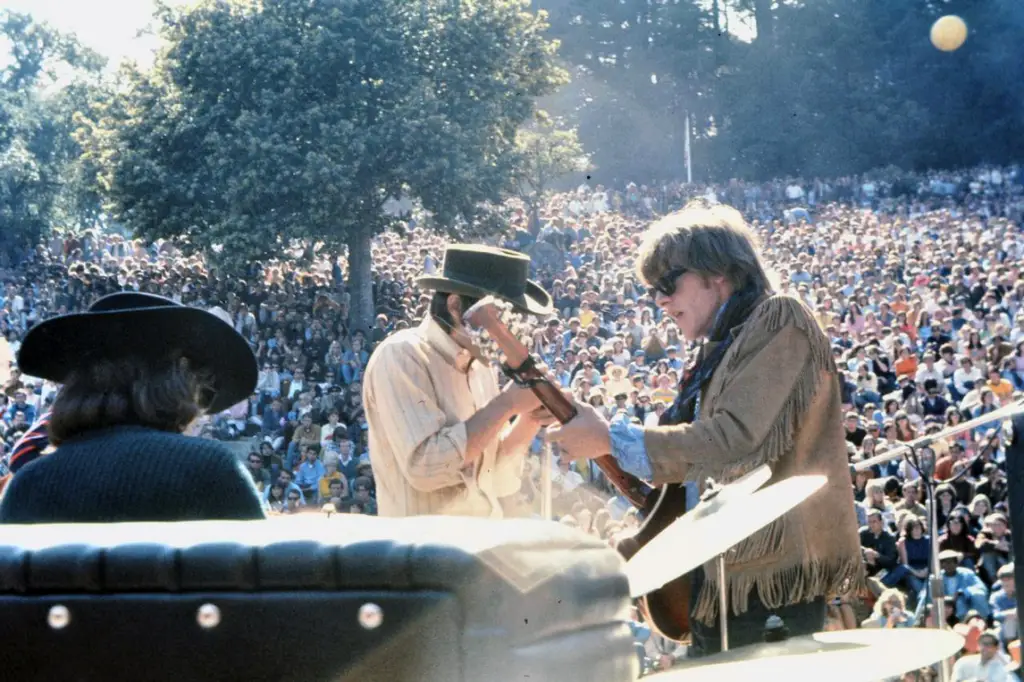
The Summer of Love in 1967 was a pivotal moment for the counterculture movement. Thousands of young people flocked to San Francisco’s Haight-Ashbury district, embodying the ideals of peace, love, and free expression. The event came to symbolize the hippie movement, with its focus on anti-war protests, psychedelic music, and experimental lifestyles.
Though the Summer of Love only lasted a few months, its impact on American culture reverberated for years to come. The era of flower children, peace signs, and tie-dye clothing became the visual symbols of the time. Today, we often think of the ’60s as a time of rebellion, but the Summer of Love was its optimistic peak— a time when youthful idealism seemed to promise lasting change.
7. “I Want to Hold Your Hand” Breaks Records

In 1963, The Beatles released their first major U.S. hit, “I Want to Hold Your Hand,” which sent shockwaves through the American music industry. The single topped the charts and was the catalyst for the Beatles’ breakthrough in the United States. This song was not only a massive hit but also set the stage for the British Invasion, with Americans eager to embrace this new wave of music from across the Atlantic.
The Beatles’ dominance during this period was undeniable, and their presence on the charts and in the media defined much of the early ’60s. While “I Want to Hold Your Hand” is often remembered as just another Beatles hit, it was one of the key moments that cemented the group’s legacy and launched them into global stardom.
8. Woodstock (1969)
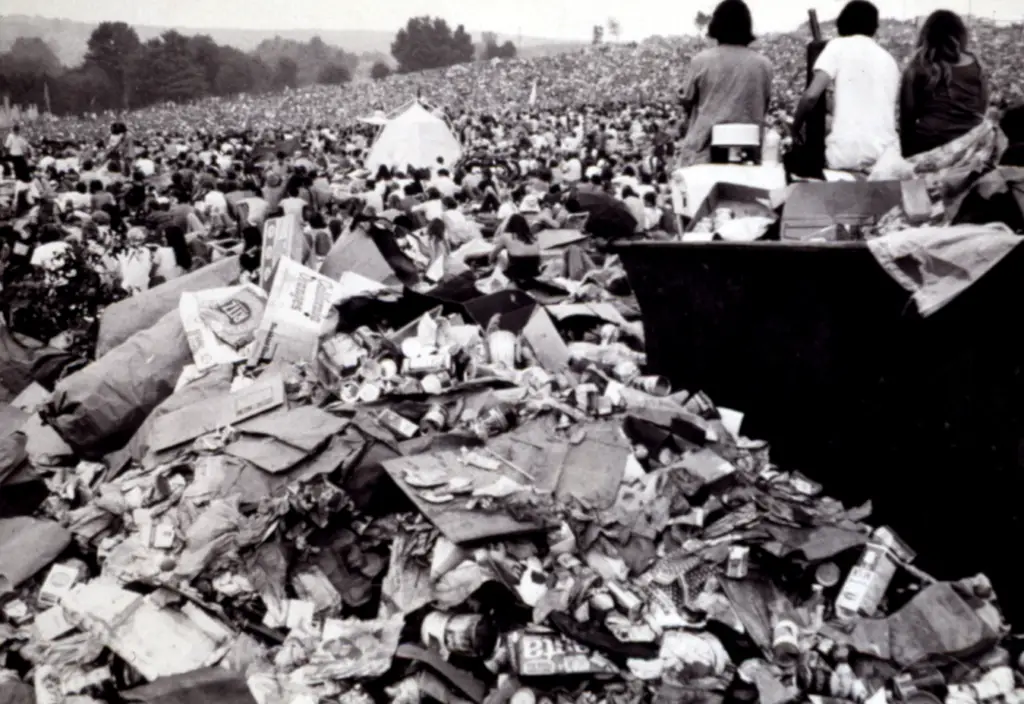
The Woodstock Music & Art Fair, held in 1969, became a symbol of the hippie movement and one of the most iconic music festivals of all time. Although it was initially meant to be a small gathering, it drew over 400,000 people, many of whom embraced the spirit of peace, love, and music. Iconic performances from Jimi Hendrix, Janis Joplin, and The Who became legendary, cementing Woodstock as not just a festival but a cultural phenomenon.
Though the festival had its fair share of logistical issues, including overcrowding and mud, it remains one of the defining moments of the ’60s. Woodstock encapsulated the counterculture movement’s aspirations and has continued to inspire generations of music fans and festival-goers.
9. The Twist Dance Craze
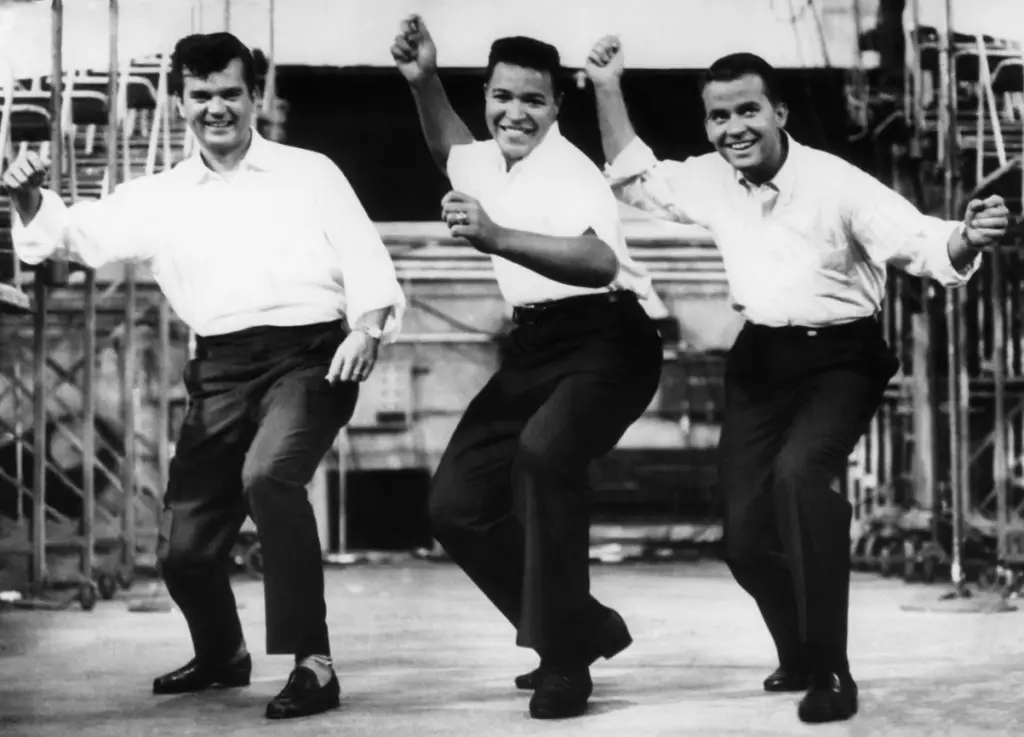
In 1960, Chubby Checker introduced The Twist, a dance that would go on to dominate the early ’60s. What made this dance so unique was its simplicity—anyone could do it, and it quickly became a nationwide craze. The Twist spread from dance floors to TV shows, and Checker performed it on American Bandstand and The Ed Sullivan Show.
The popularity of The Twist was so widespread that it even became a symbol of the decade’s youthful energy and rebellion. This simple, fun dance is often forgotten today, but in its time, it was everywhere—turning people of all ages into enthusiastic dancers and changing the landscape of pop culture.
10. “Laugh-In” and Its Influence on Comedy

Rowan & Martin’s Laugh-In was a groundbreaking TV show that debuted in 1968, offering a fast-paced, irreverent approach to comedy. With its mix of satirical sketches, political humor, and outlandish characters, Laugh-In became a cultural phenomenon. The show was famous for its rapid-fire jokes, wacky characters like Goldie Hawn, and its iconic catchphrase, “Sock it to me!”
The impact of Laugh-In went beyond just TV. Its experimental format influenced future comedy, breaking new ground in terms of how sketch comedy could be structured. Though it is often overshadowed by other comedy shows today, its influence can still be seen in the way comedy is delivered on modern TV.
11. The Man from U.N.C.L.E.
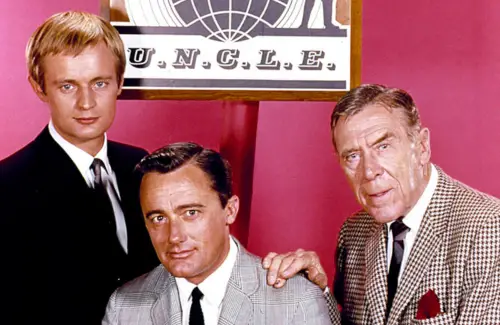
Premiering in 1964, The Man from U.N.C.L.E. became an instant hit, capturing the spy-craze mania of the time. Starring Robert Vaughn and David McCallum, the series followed secret agents Napoleon Solo and Illya Kuryakin as they battled the evil organization THRUSH. Combining espionage, action, and lighthearted banter, U.N.C.L.E. was a suave and stylish show that quickly captured audiences’ imaginations.
Despite its popularity, the series faded from the limelight after a brief run, often overshadowed by other spy-related series like James Bond films. However, it remains a beloved classic for fans of ’60s television and continues to be a fun reminder of the era’s fascination with spies and international intrigue.
12. The Beatles’ “Yellow Submarine” Film
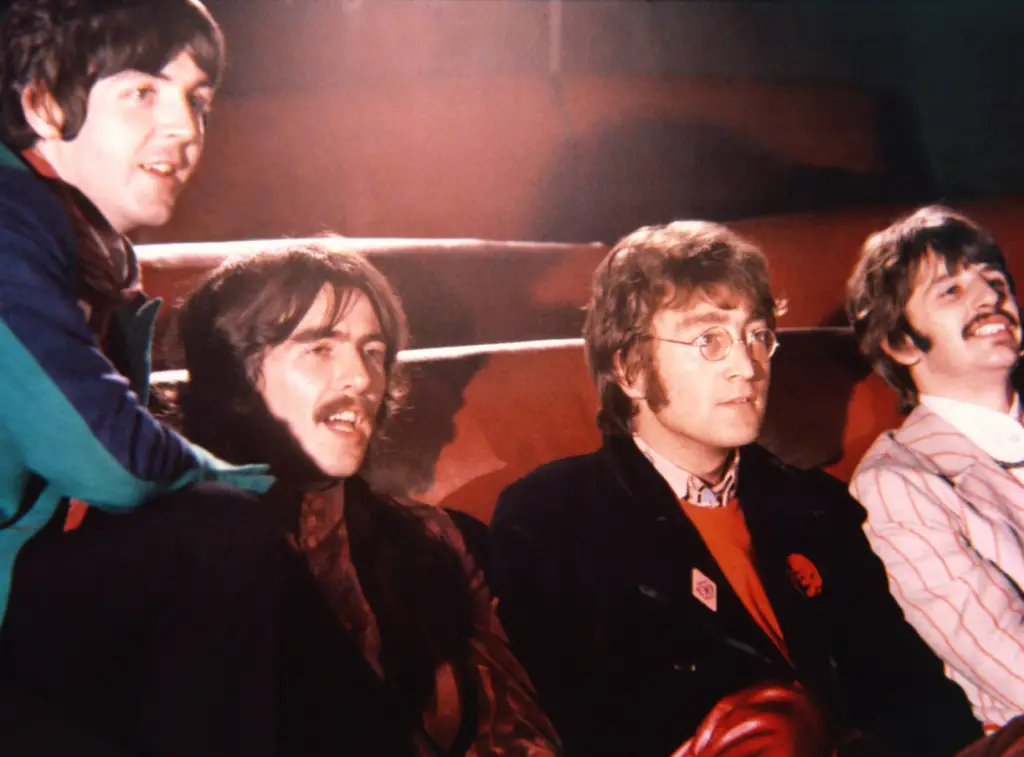
In 1968, The Beatles released the animated feature Yellow Submarine, a psychedelic adventure that became a cultural milestone. The film was a visual and auditory experience that brought the band’s whimsical music and unique personalities to life on screen. While its surreal, experimental animation was groundbreaking, it was the vibrant soundtrack and the film’s playful exploration of pop culture that made it a hit.
Although it was initially met with mixed reviews, Yellow Submarine has since become a cult classic. Today, it’s remembered not only as a Beatles film but as an important work of animation that helped define the cultural landscape of the ’60s.
13. The Debut of the Mini Skirt

In 1965, British designer Mary Quant introduced the mini skirt, and it quickly became one of the most iconic fashion items of the ’60s. With its bold, liberating style, the mini skirt became the perfect symbol for the youthful, rebellious energy of the decade. It was embraced by women around the world, and its popularity marked a dramatic shift in fashion, empowering women to express their personalities through their clothing.
The mini skirt wasn’t just a trend—it was a cultural movement that represented freedom, femininity, and modernity. Its introduction challenged traditional fashion norms, and its impact can still be seen in today’s wardrobes.
14. The Birth of the Supermodel
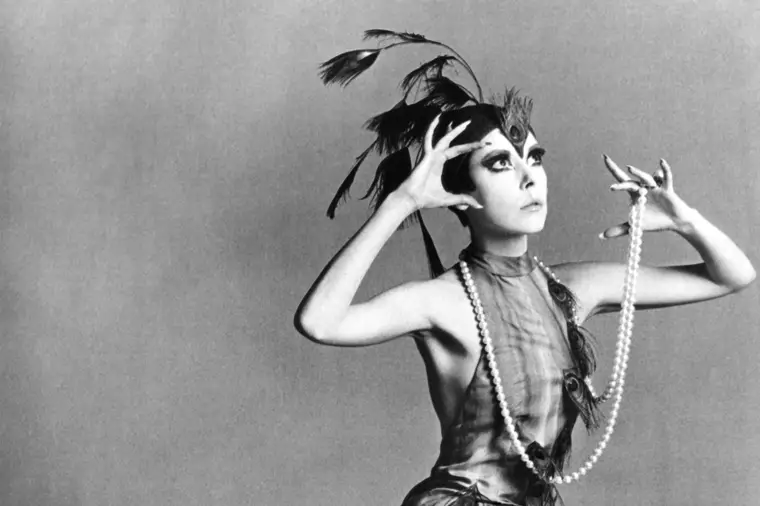
Though the term “supermodel” wouldn’t come into popular usage until the ’80s, the foundations were laid in the ’60s. Models like Jean Shrimpton, Peggy Moffitt, and Veruschka broke boundaries, becoming not only the faces of fashion but also pop culture icons. These women represented a new era in modeling—one where models had their own personalities, lives, and influence.
The ’60s saw the rise of the model as a celebrity, a shift that completely changed the fashion industry. These women became symbols of beauty, style, and independence, helping to pave the way for the supermodels of later decades. They may not have been called supermodels back then, but their impact was undeniable.
The ’60s were a time of profound change, and pop culture moments from that decade continue to resonate. Whether it was the rise of fashion, new music movements, or major global events, the ’60s helped shape modern culture in ways we still feel today. Revisiting these moments not only brings back the nostalgia of a revolutionary time but also reminds us of how much the world—and pop culture—can change in just a decade.


